Hey, it’s Pepe here, hopping in to give you the lowdown on Tezos! Buckle up, because we’re diving into some blockchain magic!
What’s the Deal with Tezos? (XTZ)
Tezos is like that cool kid on the blockchain block who’s got some neat tricks up its sleeve. Started back in 2014, Tezos aimed to be a “self-amending blockchain.” Fancy, right? Basically, it means Tezos lets anyone who owns its cryptocurrency, XTZ, vote on changes to the rules, and then it updates itself automatically. No forks, no drama – just smooth sailing.
Voting and Baking – Not the Cookie Kind
In Tezos land, voting isn’t just for elections. It’s all about “baking.” You lock up your XTZ in special contracts, and boom – you’re a baker. If you don’t want to bake yourself, you can delegate your XTZ to someone else who can. Either way, you get a chance to earn more XTZ. Sweet deal!
Who’s Behind the Magic?
Tezos was whipped up by Arthur and Kathleen Breitman, a power couple with a vision. They started a startup called Dynamic Ledger Solutions to make Tezos a reality. In 2017, they held an Initial Coin Offering (ICO) and raked in a whopping $232 million. That’s some serious dough! The Tezos Foundation, based in Switzerland, now handles the protocol’s launch and development.
How Does Tezos Work?
Tezos isn’t just about voting. It’s got all the goodies you’d expect from a blockchain. Developers can create smart contracts and decentralized applications (dApps). But here’s the twist – Tezos has a unique voting system that keeps it fresh and up-to-date.
- Shell and Protocol: The Tezos blockchain is split into two parts. The Shell handles self-amendments based on user votes. The Protocol sends proposals to the Shell.
- Liquid Proof-of-Stake (LPoS): This is Tezos’ special sauce. It’s a variation of the classic Proof-of-Stake (PoS). To participate, nodes need to stake XTZ. Bakers, who need at least 8,000 XTZ, can earn rewards. You can also delegate your XTZ to other bakers if you’re feeling generous.
Tezos Upgrades – The Voting Breakdown
Bakers are the backbone of Tezos governance. Here’s how the voting process works:
- Proposal Period: Any baker can propose changes. The top proposals move to the next phase.
- Exploration Vote Period: Proposals need a super-majority (80% of votes) to move forward.
- Testing Period: The proposal is tested on a temporary chain to see if it’s safe and sound.
- Promotion Vote Period: Bakers vote to finalize the proposal. If it gets enough votes, it’s implemented.
And guess what? Bakers can attach invoices to their proposals, getting paid if their proposal passes. Cha-ching!
Why Does XTZ Have Value?
XTZ is the lifeblood of Tezos. It’s used for holding, spending, sending, and, of course, baking. By baking XTZ, users can vote on network upgrades. The more XTZ you bake, the more voting power you have. Plus, bakers earn rewards based on the amount of XTZ they bake.

Why Use Tezos?
Tezos is a hit with folks who love its voting features and developers wanting to build dApps. From decentralized finance apps like tzBTC to insurance marketplaces like Tezsure, there’s a lot happening on Tezos. Investors might also dig Tezos for its staking potential, letting them earn crypto while supporting the network.
And there you have it, folks! Tezos in a nutshell – it’s all about that self-amending, baking, and voting goodness. Now go forth and explore the blockchain wonder that is Tezos!
Links:
https://tezos.com/
https://twitter.com/tezos
https://t.me/TezosPlatform
https://discord.gg/yXaPy6s5Nr
https://github.com/tezos/tezos
https://www.reddit.com/r/tezos
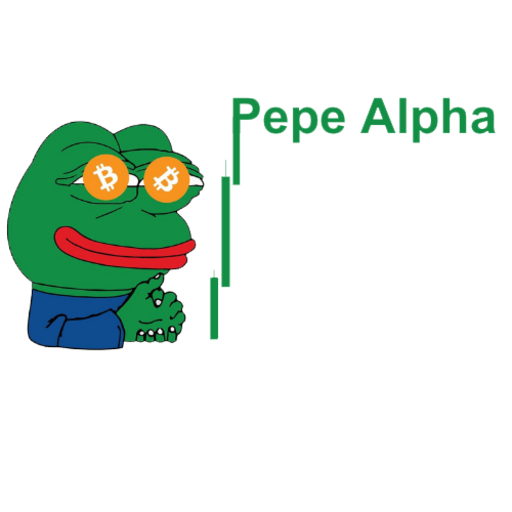


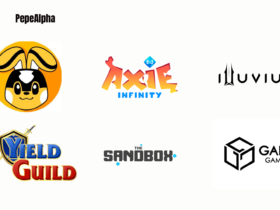

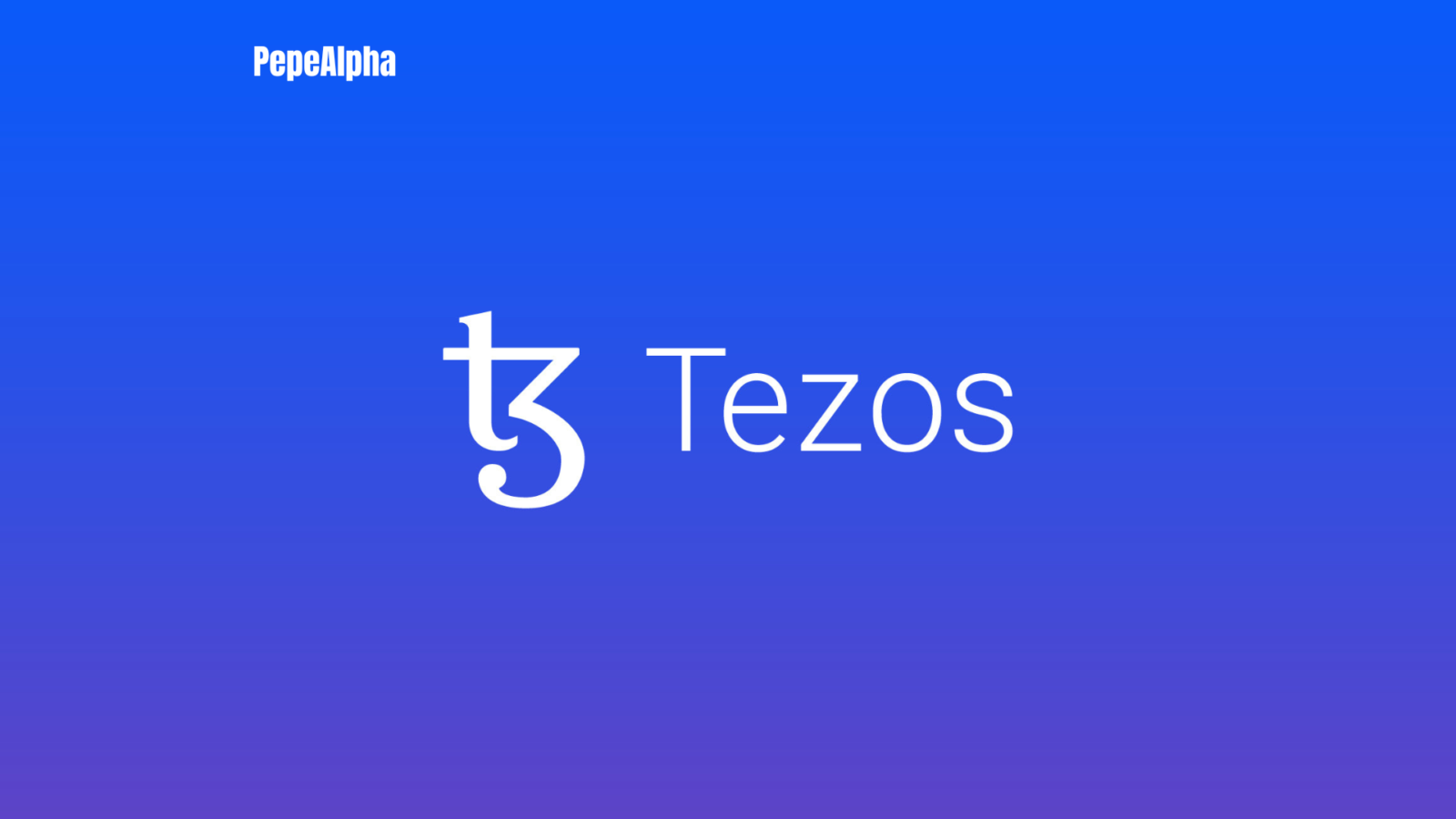
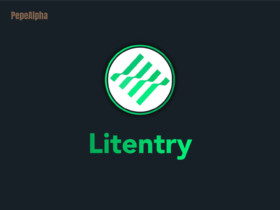



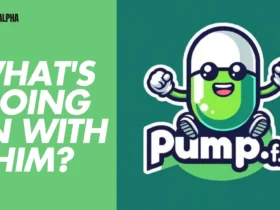

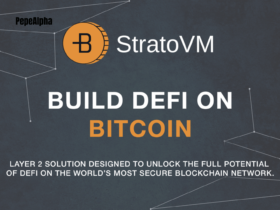
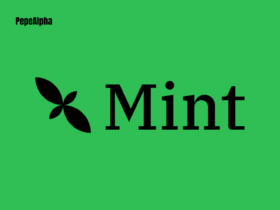

Leave a Reply